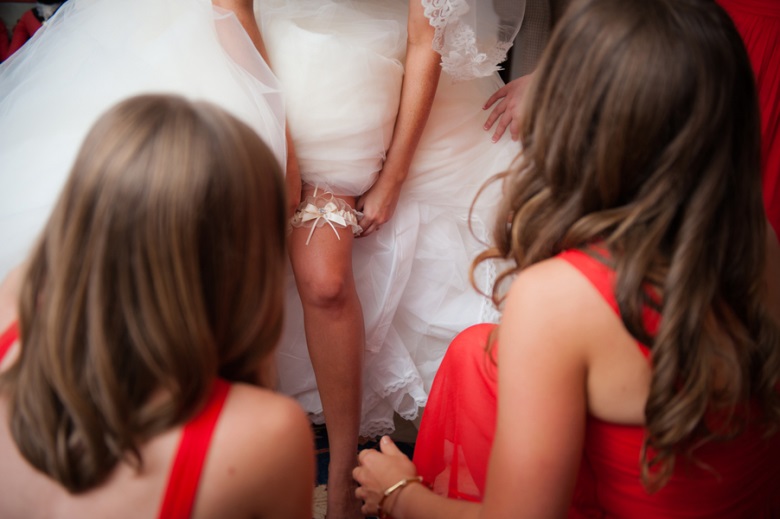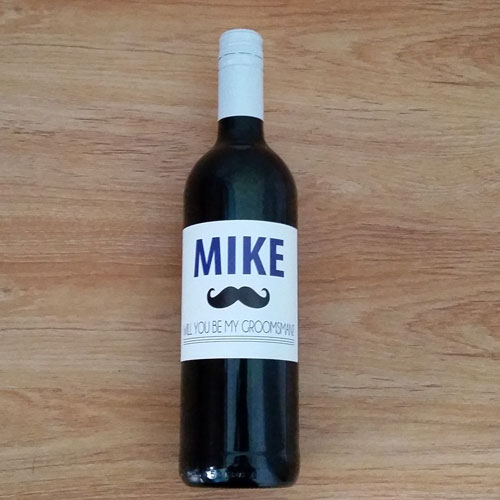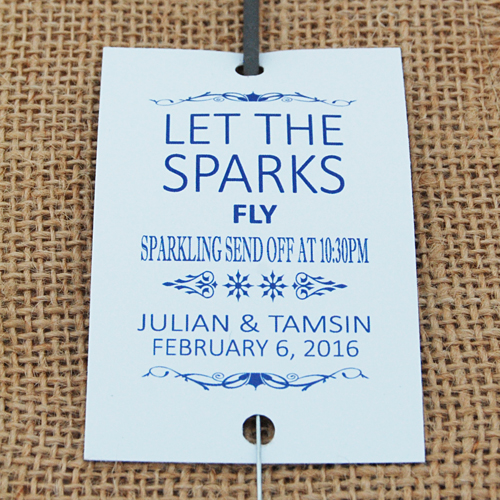Wedding Traditions And Their Roots
Wedding traditions are amongst the most strictly adhered to in this modern era. While swords, knights and horses no longer exist as part of our everyday lives, the customs dating back hundreds of years have continued to influence every part of this special day. The following are just a few of the best known traditions and their origins:
“Something Old, Something New, Something Borrowed, Something Blue”
This old saying was to wish the bridal couple luck and used to end with “...And a Silver Sixpence in Her Shoe!” The “something old” was to indicate the link between the bride, her family and their history and was usually an heirloom. “Something new” symbolised success for their new life together as a couple. The idea was that this item would then be the couple’s daughter’s “something old” one day. "Something borrowed" represented the link between the bride and her friends and family, while the “something blue” was symbolic of loyalty. The silver sixpence was a blessing for financial prosperity.
The White Dress
Up until the late 15th century, wedding dresses were of any colour. In Bible times, they were usually blue as this was the colour that conveyed purity. After that, many were yellow or red. In most parts of the world during the Roman Empire, white was a colour of celebration and happiness. In 1499, Anne of Brittany wore a white wedding dress when she married Louis XII. From this time on, a new trend began. Today, white symbolises purity and happiness, and continues to be the accepted norm for wedding dresses.
The Veil
Originally, the veil was yellow or red and was used to indicate ownership of the husband, and the bride’s submission to such headship. It also represented her purity and her modesty in hiding her youthful features. The roots of the suspicion that it is bad luck to see the bride before the wedding day came from the days in which dating was not allowed and weddings were planned by the parents. Their obedience had to be complete, conveyed by his only seeing her face for the first time after the commitment had been made.
Bridal Showers and Bachelor Parties
Bridal showers started in Holland and were designed to allow the bride-to-be to have an abundance of gifts in the case of her father not approving of her fiancé and, therefore, refusing to contribute financially. Her friends would shower her with gifts and she could then have the dowry to allow her to marry her love. The Bachelor Party dates back to the days of Spartan soldiers, who would host a farewell party in which the groom-to-be had to bid his old ways and parties goodbye. However, he also had to swear that he would remain loyal to his male friends, despite the pressures or joys of married life.
Bridesmaids
One of the more interesting roots of this tradition was to ensure the safety of the bride. In times when evil spirits were believed to try and ruin the wedding day or cast bad luck on the marriage, brides would dress their bridesmaids in a similar way to themselves so that these evil spirits would become confused and not know which girl to kidnap or curse. The bridesmaids were also required to physically defend the bride from unsavoury gentlemen wanting her hand in marriage.
The Best Man
In ancient times, once a man decided on a wife, she and her family were not always taken into consideration. This often meant that he had to kidnap her, sometimes willingly, often forcefully. The concept of the Best Man comes from the groom’s friends and fighters, who were brought along to fight her family members or other suitors that were trying to stop the union.
Seating
Today, the bride’s family sits on one side of the ceremony venue and the groom’s on the other. This is because, in times when daughters were offered as peace offerings between tribes that were fighting with one another, the two families did not get along. They had to sit on opposite sides of the church to avoid them killing one another. This tradition may not be that outdated today!
Throwing the Garter and Bouquet
When women used to wear garters to hold up their pantyhose, throwing one of the garters was seen as a fun gesture to allow the single men in the group of guests to enjoy a bit of the fun. It was also believed that the bride could pass on her good luck to others. For this reason, guests used to try and rip pieces of her dress, veil and flowers off her. As she tried to escape the onslaught, she would throw her bouquet into the crowd so that they could busy themselves with trying to catch that while she made a getaway.
Throwing Confetti
Confetti is traditionally uncooked grains of rice. It was long believed that evil spirits could be appeased with food. Therefore, rice was thrown over the couple to keep the evil spirits away from them and distracted by the food. Rice is also a staple food in many countries and, therefore, symbolises prosperity and good health. Today, it can be replaced by petals, paper, bubbles, butterflies, and so on.
The Honeymoon
Because brides were often taken from their families without either her or their consent, the groom had to make a quick escape to secure their union. He would kidnap her and take her to a secret hideaway. They were traditionally required to stay here for a full 30 days so that the moon could go through all of its phases. While celebrating their marriage in privacy, they would drink a honey brew, explaining the origin of the name of this period.
Photo Credit: www.unitedwithlove.com
Photo Courtesy of Montage Laguna Beach Weddings





